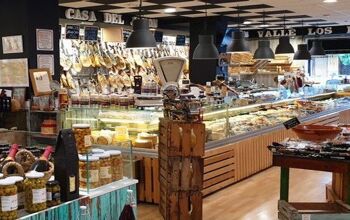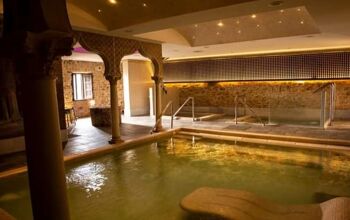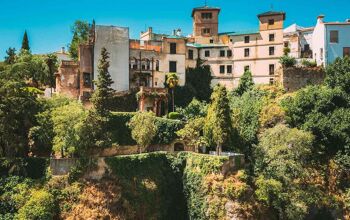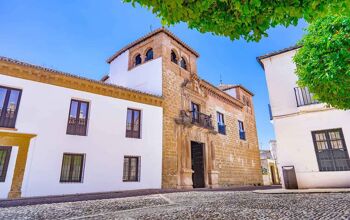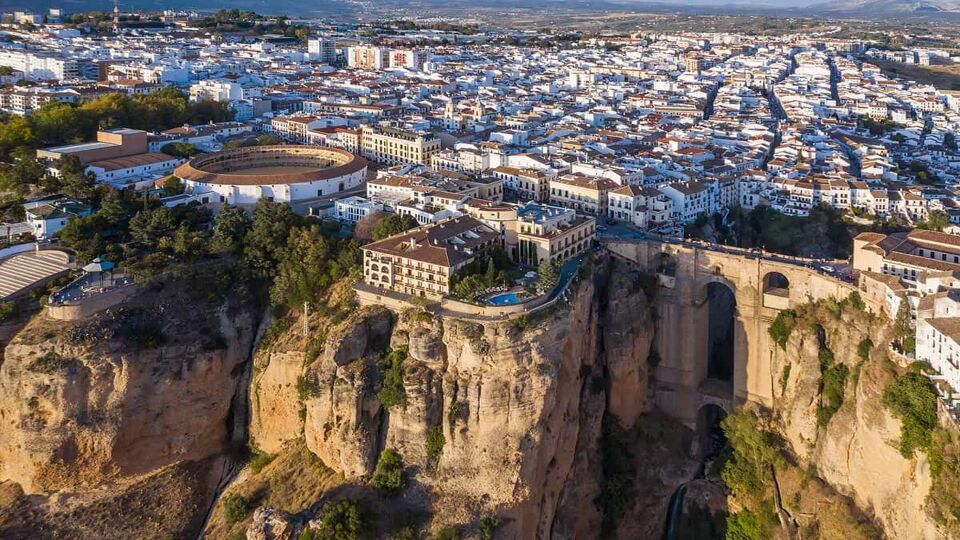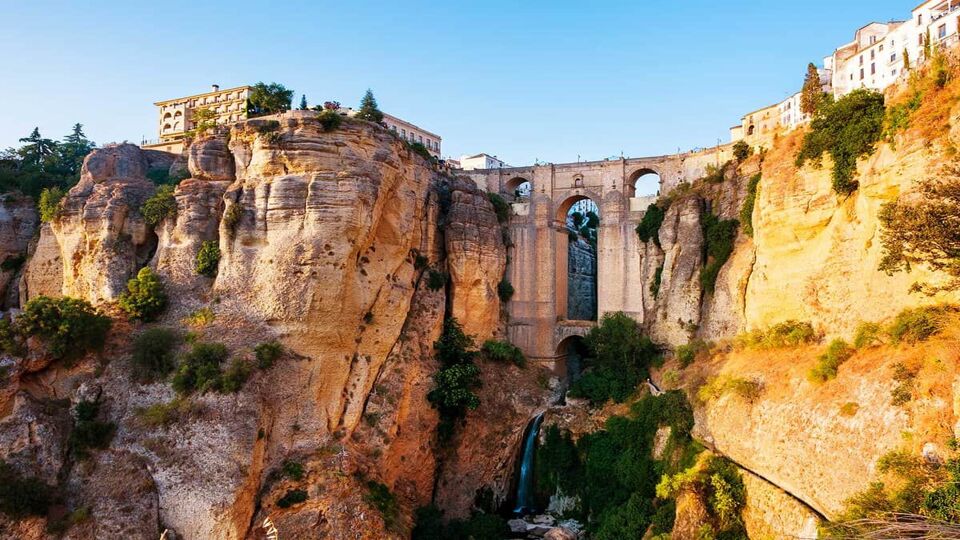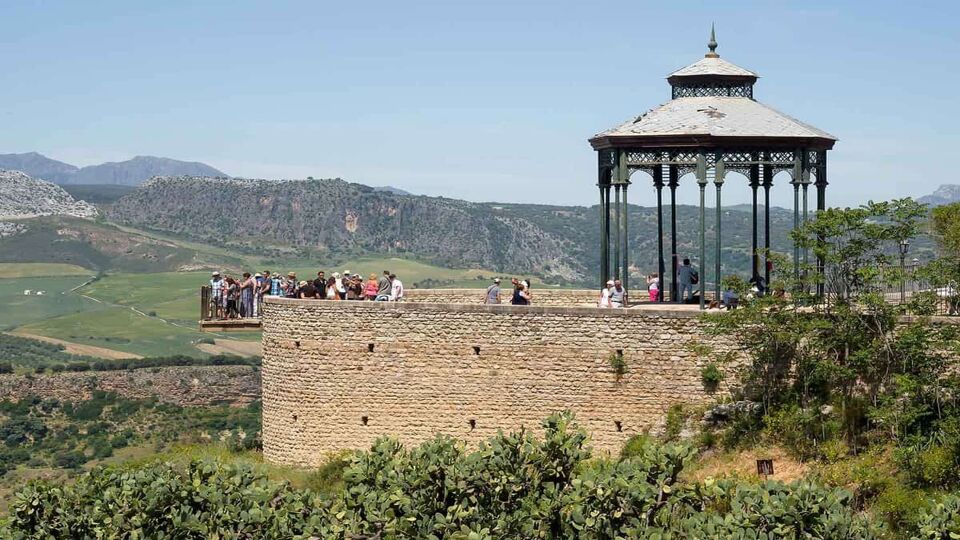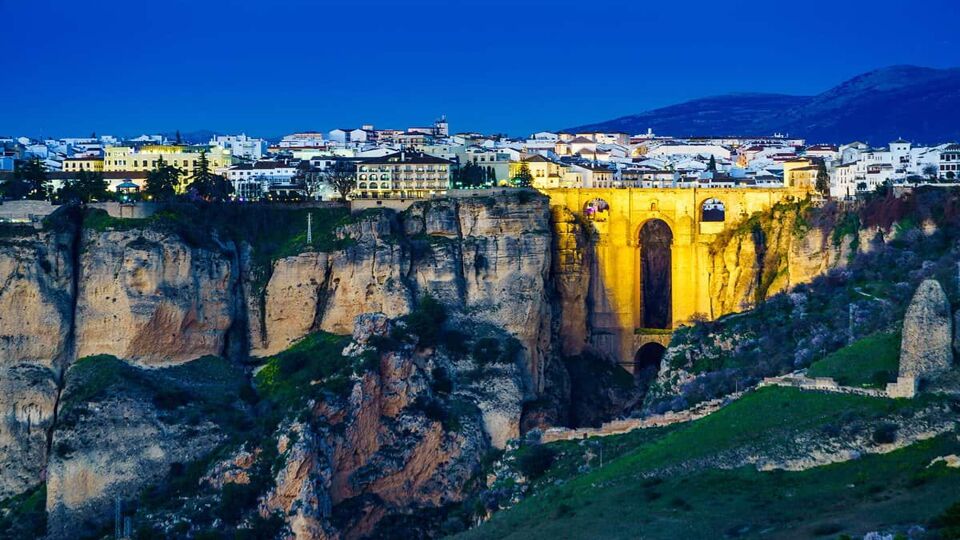Just outside of the beautiful town of Ronda, in the gorgeous Andalusian countryside of the Sierra de Grazalema region, you’ll find a series of so-called White Villages (Pueblos Blancos) scattered across the landscape, sprawling over and down large hills.
These 20 hill towns are named after their glowing, universally white walls. The buildings are all white-washed with slaked lime – known locally as ‘cal‘ – that bleaches in the sun to a sparkling white, a practice introduced by the Arabic-speaking Moors. Not only does the white colour keep homes cool during the searing Andalusian summers, but it came to symbolise hygiene. When a series of epidemics from plague to cholera and yellow fever swept through the region between the 16th and 19th centuries, houses were painted with cal in the wake of infection. (It may have actually helped: studies have shown that slaked lime does kill bacteria that cause cholera).
Each village possesses its own unique character, but they share a timeless allure characterised by narrow cobblestone streets, flower-filled balconies, and breathtaking views of the surrounding countryside. It’s Andalusia’s rich and enchanting cultural heritage at its idyllic best.
